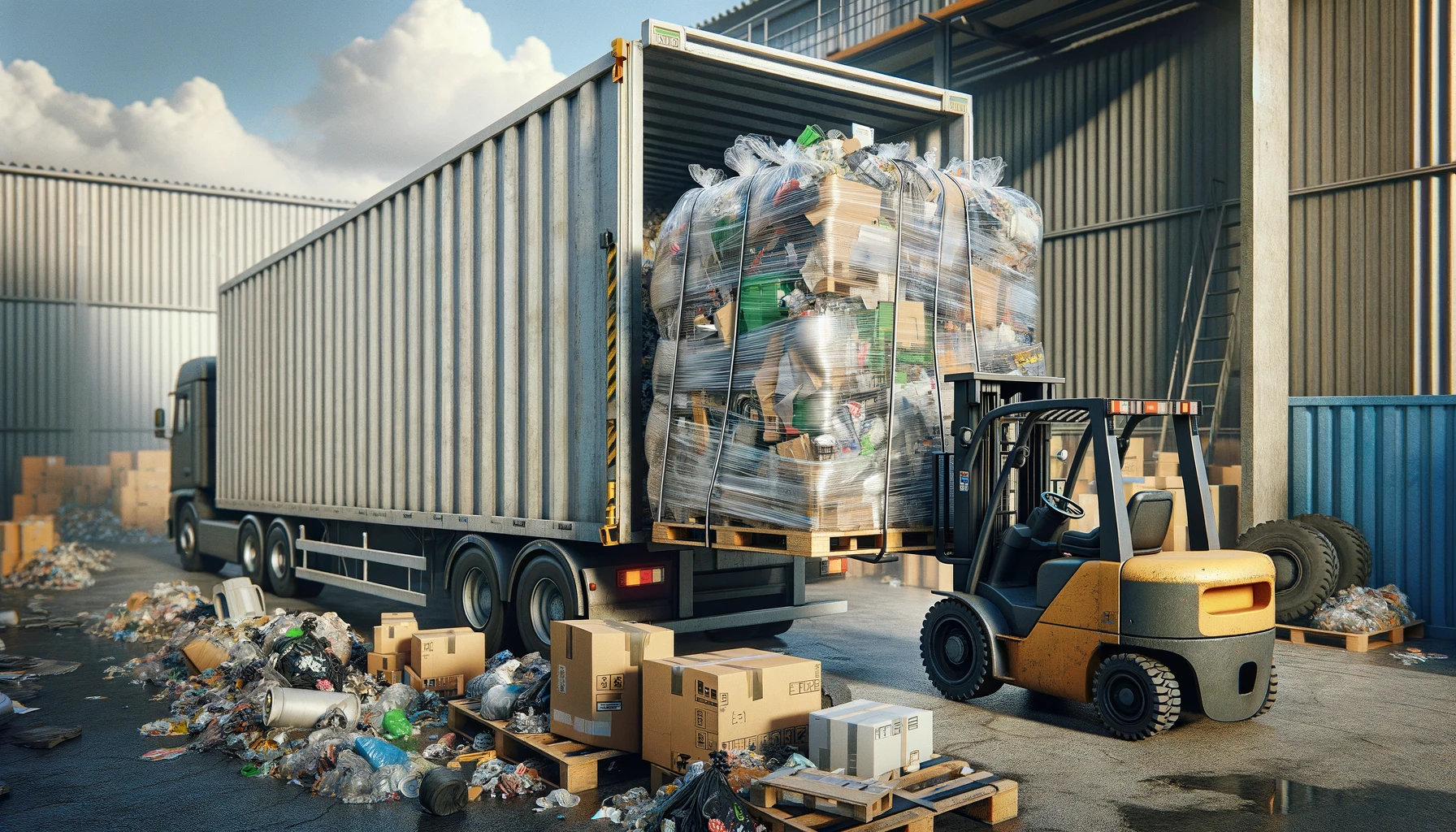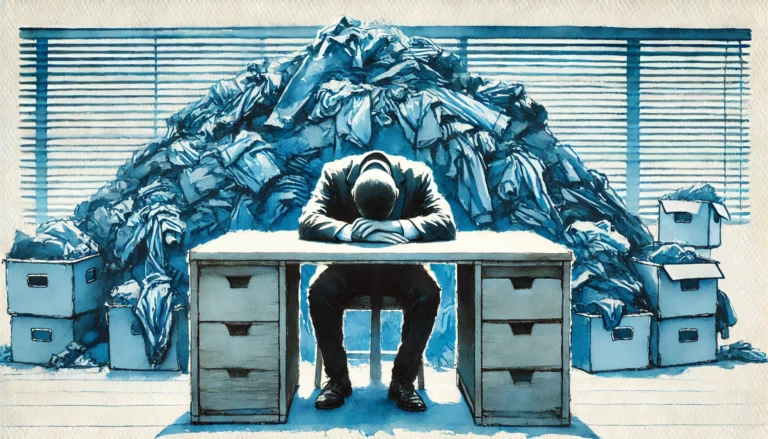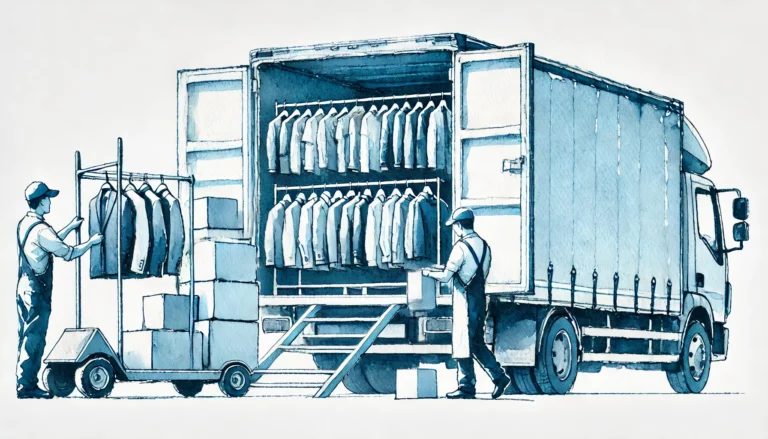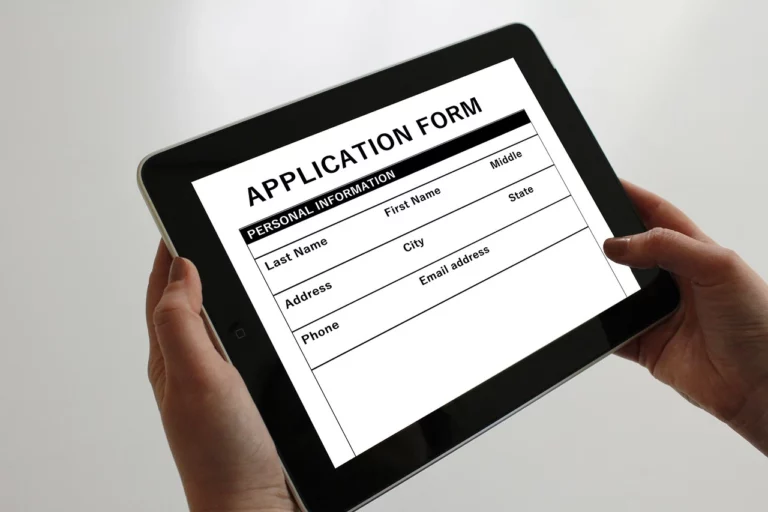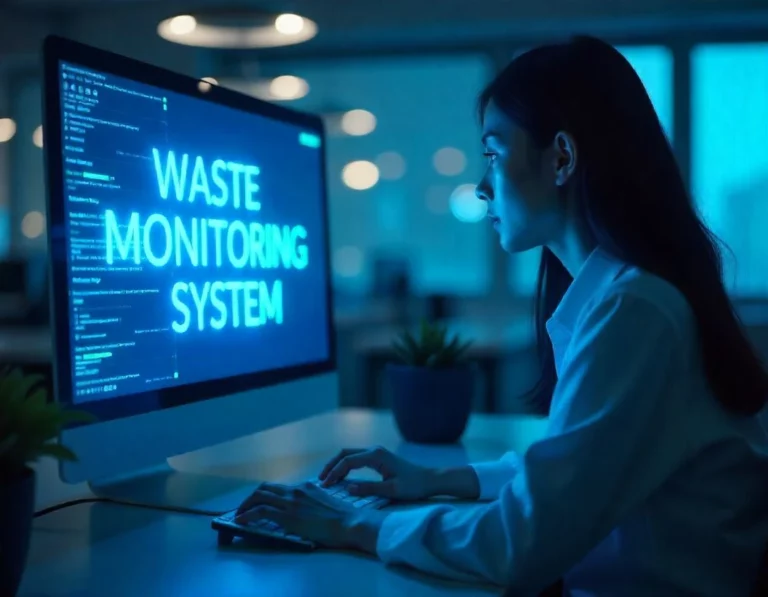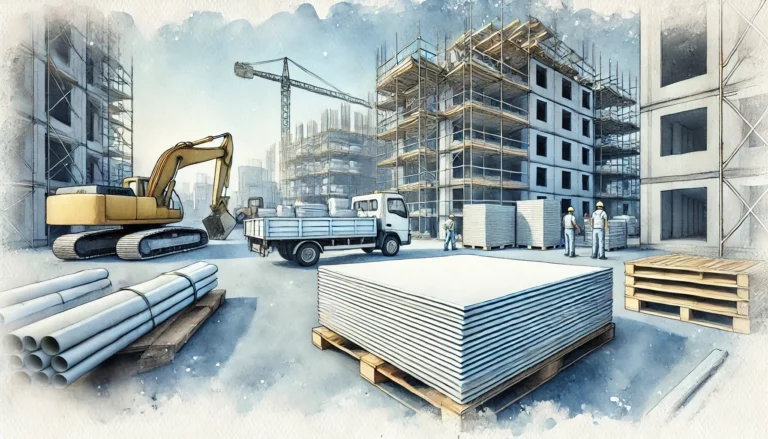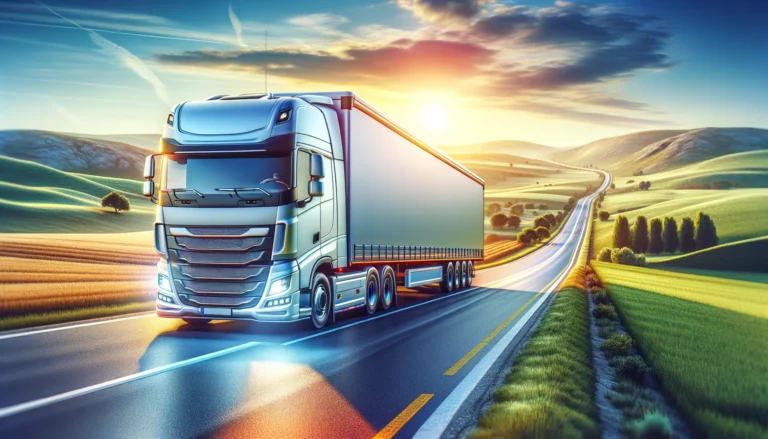Waste management practices in the Baltic States
So far we’ve described waste management practices in countries like Poland, Sweden, Finland, Germany, Austria etc. This time we’d like to shed some light on waste reduction efforts made by Baltic States. Read on to find out how Lithuania, Latvia and Estonia tackle issues with waste processing and transport. And what are their future plans for efficient waste handling.
Waste management in Lithuania
Waste laws
Lithuania’s waste treatment system is governed by several laws. The main legislation is the Law on Waste Management, which outlines responsibilities for all parties involved in waste handling. This includes waste producers, municipal authorities, and waste management companies. Additionally, Lithuania follows EU directives, ensuring compliance with broader European waste policies.
Lithuania’s legal framework emphasizes sustainability and environmental protection. The laws are designed to reduce waste, promote recycling, and ensure safe disposal. By adhering to EU standards, Lithuania aims to create a cleaner, more sustainable environment for its citizens.

Statistics
Lithuania has made significant progress in waste management over the past decade. According to the latest statistics, the country has achieved a recycling rate of over 50%. This is a substantial improvement compared to previous years. Municipal waste generation has also seen a steady decline, reflecting the effectiveness of educational campaigns and regulatory measures.
The increase in recycling rates indicates that Lithuania’s waste management strategies are working. Public awareness and participation in recycling programs have played a crucial role in this success. The country continues to invest in modern waste management facilities and technologies to maintain this positive trend.
Prognosis for the future
Looking ahead, Lithuania aims to further improve its waste treatment system. The government has set ambitious targets to increase recycling rates and reduce landfill dependency. By 2030, Lithuania hopes to achieve zero waste to landfill. This goal is supported by investments in recycling facilities and public awareness programs.
To reach these targets, Lithuania plans to enhance its waste sorting infrastructure. The government also encourages innovation in waste processing technologies. With these efforts, Lithuania is well on its way to creating a more sustainable waste management system.
Waste management in Latvia
Waste laws
Latvia’s waste management laws are designed to align with EU standards. The Waste Management Law of Latvia provides the legal basis for all waste handling activities. It emphasizes waste reduction, reuse, and recycling. By following EU guidelines, Latvia ensures that its waste management practices are environmentally friendly and sustainable.
Latvia’s legislation also incorporates the principles of the circular economy. This approach focuses on keeping resources in use for as long as possible. By promoting the recycling and reuse of materials, Latvia aims to reduce waste generation and minimize environmental impact.
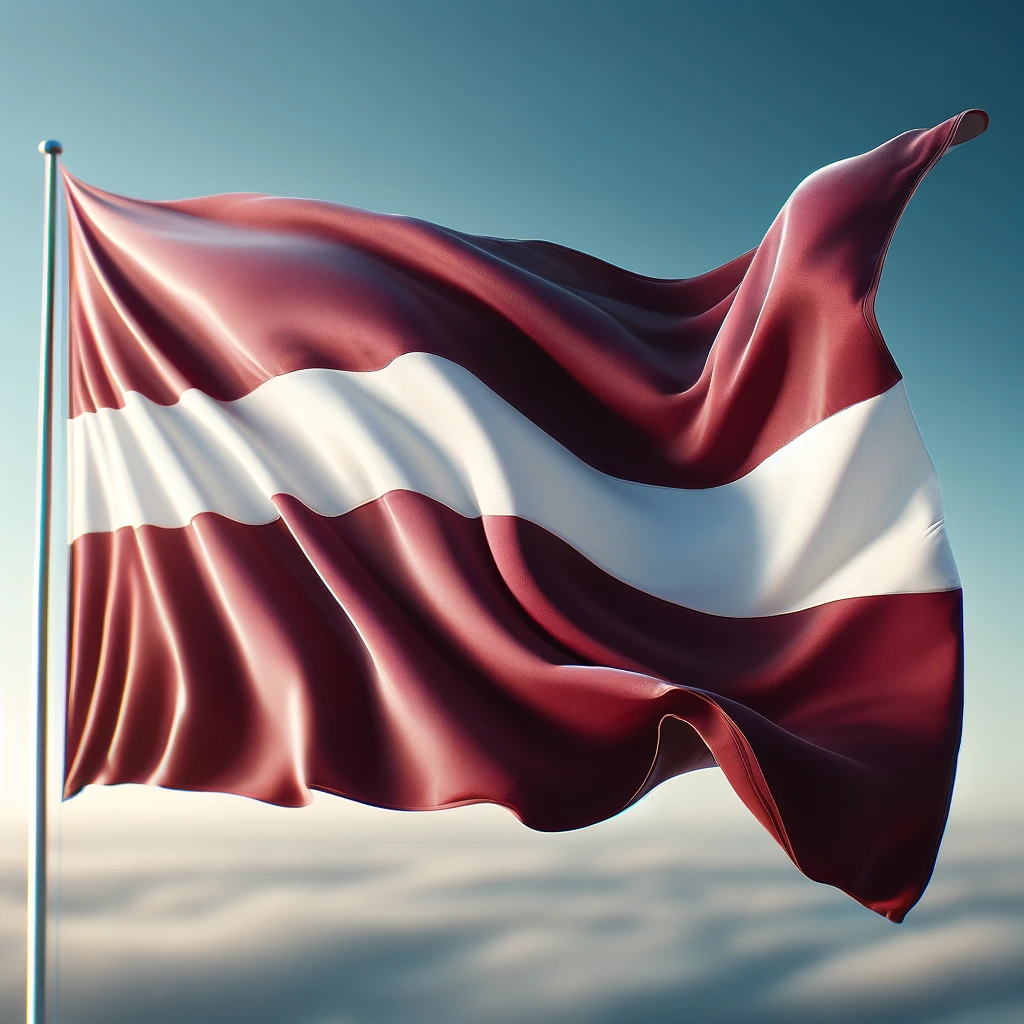
Statistics
Latvia has made notable strides in managing waste. The recycling rate has surpassed 40%, with ongoing efforts to improve this figure. Waste generation per capita has decreased, indicating successful policy implementation and community engagement in waste reduction practices.
The progress in Latvia’s waste management can be attributed to various factors. Effective regulatory measures, public awareness campaigns, and improvements in waste sorting infrastructure have all played a role. Latvia continues to work towards increasing its recycling rates and reducing waste generation.
Prognosis for the future
Future projections for Latvia’s waste handling are optimistic. The government plans to boost recycling rates and minimize landfill use. One of the key strategies is enhancing waste sorting infrastructure. This involves investing in advanced technologies and facilities to improve the efficiency of waste sorting and processing.
Latvia also encourages producer responsibility. This principle holds producers accountable for the entire lifecycle of their products. By fostering innovation in waste processing technologies and promoting sustainable practices, Latvia aims to create a more efficient and effective waste management system.
Waste management in Estonia
Waste laws
Estonia’s waste management system is governed by the Waste Act. This legislation integrates EU directives and national priorities. The Waste Act focuses on preventing waste generation, promoting recycling, and ensuring environmentally sound disposal. Estonia also supports the Extended Producer Responsibility principle, holding producers accountable for the end-of-life impact of their products.
Estonia’s legal framework is designed to create a sustainable waste management system. The laws emphasize waste reduction, recycling, and safe disposal. By following EU standards and promoting producer responsibility, Estonia aims to minimize its environmental footprint.

Statistics
Estonia has shown significant improvements in its waste management performance. The country’s recycling rate is approaching 50%. Additionally, the volume of waste sent to landfills has significantly reduced. These statistics reflect the success of Estonia’s waste treatment policies and public participation in recycling programs.
The increase in recycling rates and decrease in landfill use are positive indicators. Estonia’s investment in modern waste management facilities and technologies has contributed to these achievements. The country continues to work towards improving its waste management system.
Prognosis for the future
Estonia has ambitious plans for the future of its waste management system. The government aims to achieve a circular economy, where waste is minimized, and resources are continuously reused. By 2030, Estonia hopes to achieve a 70% recycling rate. This goal is supported by advancements in recycling technology and increased public awareness.
To reach these targets, Estonia plans to invest in innovative waste processing technologies. The government also encourages public participation in recycling programs. With these efforts, Estonia is on track to creating a more sustainable and efficient waste treatment system.
Comparative analysis
Legal framework
When comparing the waste management laws of Lithuania, Latvia, and Estonia, we see that all three countries adhere to EU directives. Lithuania’s laws emphasize comprehensive waste producer responsibility. Latvia focuses on the circular economy, while Estonia integrates extended producer responsibility principles effectively. Each country tailors its legal framework to address specific national priorities while aligning with broader European standards.
The similarities in legal frameworks indicate a shared commitment to sustainable waste management. However, the differences reflect unique national approaches to achieving these goals. By comparing these legal frameworks, we can understand the strengths and weaknesses of each country’s waste management system.
Statistical insights
Analyzing the statistical data, Lithuania leads in recycling rates, closely followed by Estonia, with Latvia making steady progress. All three countries have shown a decline in waste generation per capita. This demonstrates successful waste reduction efforts and effective implementation of waste treatment policies.
The differences in recycling rates and waste generation reflect the varying levels of policy implementation and public participation across these nations. By examining these statistics, we can identify areas where each country excels and where there is room for improvement.
Future plans
Looking ahead, each Baltic state has set ambitious targets for improving waste handling. Lithuania aims for zero waste to landfill by 2030. Latvia focuses on enhancing waste sorting infrastructure, while Estonia targets a 70% recycling rate. The success of these future plans will depend on continued investment in technology, public engagement, and robust regulatory frameworks.
The future predictions highlight the commitment of each country to sustainable waste management. By working towards these goals, Lithuania, Latvia, and Estonia can create a cleaner and greener Baltic region.
***
In conclusion, the Baltic States of Lithuania, Latvia, and Estonia have developed effective waste management practices tailored to their unique challenges and opportunities. While there are differences in their approaches and achievements, all three countries are committed to reducing waste, increasing recycling, and moving towards a sustainable future. Their shared goals and collaborative efforts will play a crucial role in shaping a cleaner, greener Baltic region.

